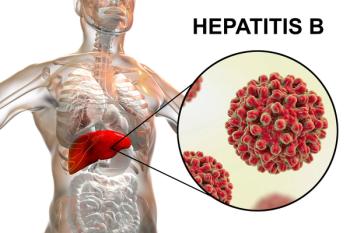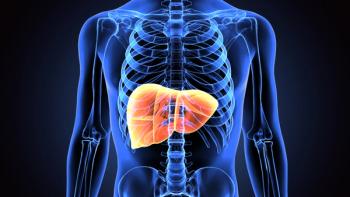
Study: Older Americans Needing Liver Transplants is Spiking
More patients aged 65 or older in the United States will need a liver transplant than ever before, according to a study by Inova Health System.
The proportion of older Americans who need a liver transplant has sharply increased in recent years, primarily due to the rising number of cases of nonalcoholic steatohepatitis (NASH), a new study found.
As the U.S. population ages, researchers with Inova Health System in Falls Church, Virginia, calculated that more patients aged 65 or older will need a liver transplant than ever before.
The authors of the study presented their findings at
The researchers found that the percentage of liver transplant candidate, ages 65 and older, was 9% from 2002 through 2005 but then soared to almost 1 in 4 (23%) from 2018 to 2020. Thirteen percent of the liver transplant candidates from 2002 to 2005 had NASH. That proportion rose to 39% among 2018-2020 cohort.
Meanwhile, the percentage of patients with hepatitis C virus (HCV) dropped from 27% to 18% between the two study periods.
Maria Stepanova, Ph.D., senior biostatistician at Inova Health System and the study’s co-author said that older patients who have had liver transplants are now faring better than ever before. Recent data from pilot studies has shown that liver transplants are feasible, AASLD said in a
“In the past, older patients were routinely denied listing for liver transplantation because doctors believed they were less likely to survive the surgery and post-transplant management,” Stepanova said.
From the late 1960s through the 1980s, a liver transplant recipient’s age could not exceed 45 to 50 years, she noted in the press release. “That age limit gradually increased, but the application of arbitrary age cutoffs for transplant listing remained,” Stepanova said.
“By studying the outcomes of liver transplantation in the elderly, we can provide evidence to support the expansion the transplant candidate pool,” said Zobair Younossi, M.D., president of Inova Health System and the study’s senior investigator. “In fact, we believe it is more about the physiologic age of the patient than their chronologic age.”
While age limits are largely being abandoned as exclusion criteria, the mid- and long-term outcomes of elderly transplant candidates and recipients are still not well understood, according to Stepanova.
Reviewing data on 31,209 liver transplant candidates, the researchers found that older patients had a lower rate of liver transplants and a higher rate of removal from the list due to their condition deteriorating. However, their mortality rates while waitlisted were similar to those of younger candidates.
Factors that predicted a higher chance of liver transplants in older candidates included more recent waitlisting, being male and having a college degree, a higher “model for end-stage liver disease” (MELD) score or hepatocellular carcinoma diagnosis, AASLD said. Being Latino, being on Medicaid or having type 2 diabetes were associated with a lower chance.
Rates of post-LT mortality were higher in older patients than in younger patients.
Researchers found that 33% of the LT candidates had type 2 diabetes, and their mean body mass index was 25±5 kg/m2. Candidates’ Model for End-Stage Liver Disease (MELD) score, which estimates a patient’s chances of surviving over the next three months, was 19±10.
Medical conditions that indicated LT in older candidates varied. Thirty-one percent had NASH, 23% had hepatitis C virus, 18% had alcoholic liver disease, 5% had primary biliary cholangitis., 3% had hepatitis B virus, 3% had autoimmune hepatitis, and 3% had primary sclerosing cholangitis.
In addition to their primary liver disease, 30% of these older candidates also had hepatocellular carcinoma.
Newsletter
Get the latest industry news, event updates, and more from Managed healthcare Executive.






















































